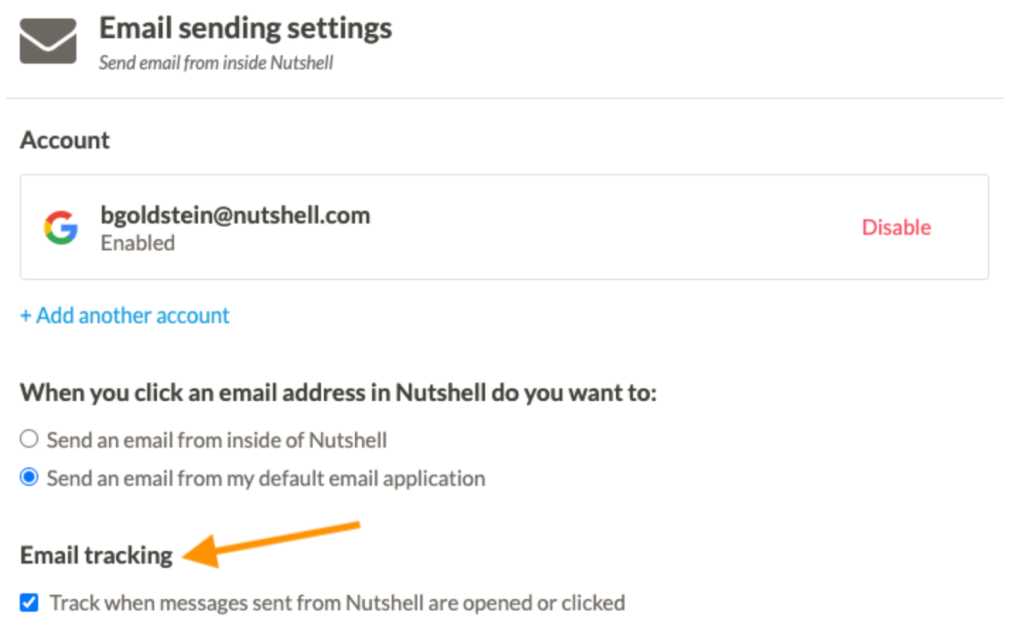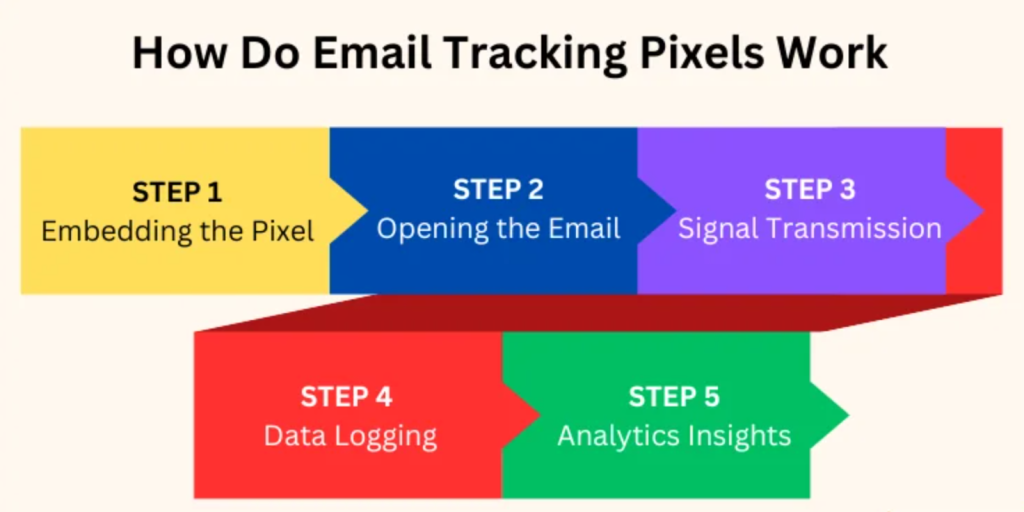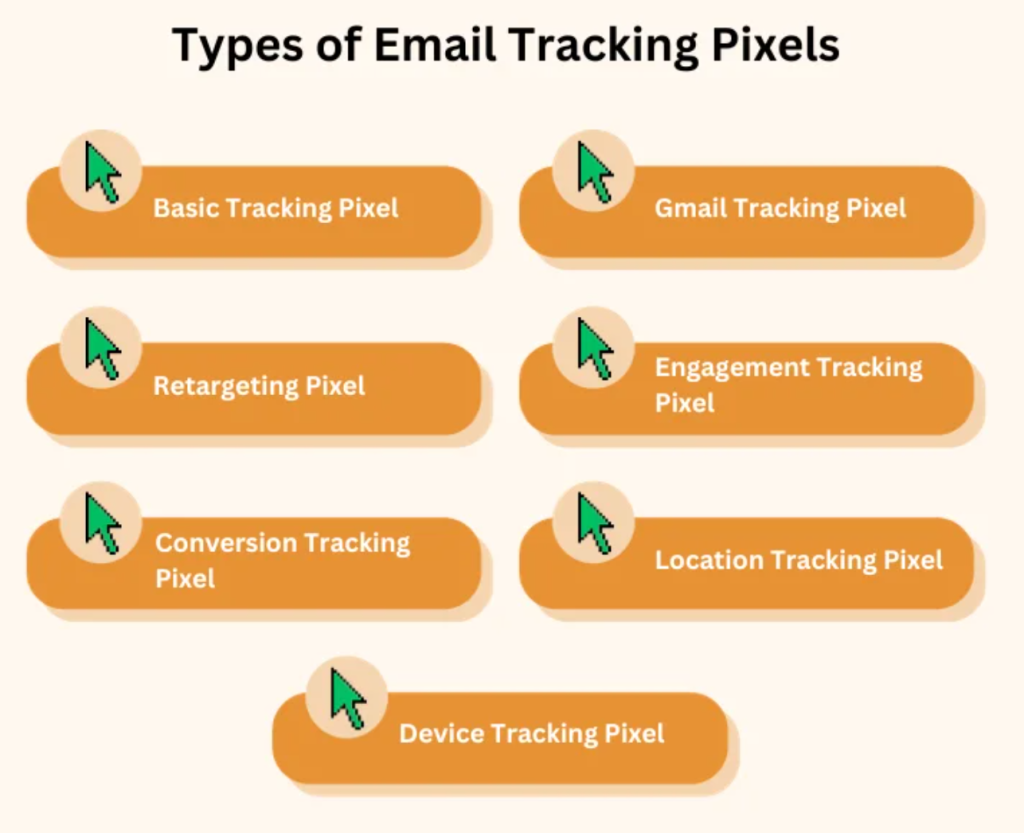- Home
- Email Tips and Tricks
- What Is a Tracking Pixel in Em ...
Measuring and tracking user behavior is maybe one of the most foundational aspects of successful marketing. And the idea is not necessarily new. Big Brother (the book, and in a way also the reality TV show) made it quite clear: we are being watched, always. The good news about this? This brings a few advantages to tech-savvy email marketers, who know how an email tracking pixel works. In short?
Every time you open an email (at least the one set up by professionals for marketing purposes), marketing pixel tracking makes sure that the sender knows what you are doing. At least on a very foundational level: tracking pixels make it easier for marketers to track how many users open their email and how they interact with it.
In this article, we will explain what an email tracking pixel is and how to use tracking pixels, as well as look at related limitations and best practices.
What Is an Email Tracking Pixel?
A tracking pixel is a single, transparent 1×1 image embedded in an email’s HTML code. When the recipient opens the email, their email client automatically requests this image from the sender’s server. That request is logged, providing the sender with data such as:
✅ Whether the email was opened
✅ The time and date it was opened
✅ The type of device and operating system used
✅ Sometimes, even the recipient’s approximate location via IP address
In many cases, the email tracking pixel can also help determine whether an email was forwarded or viewed multiple times, offering marketers valuable insight into how recipients interact with content. The simplicity and informativeness of the tracking pixel combined make it one of the most widely used tools for measuring engagement.
Why it’s invisible to users
A tracking pixel email remains unnoticed for two main reasons:
- Size and color—at only 1×1 pixels, the image is too small to be visible to the human eye. It is usually transparent or matches the background color of the email.
- Placement in the code—the pixel is embedded in the email’s HTML, not as a visible design element but as a hidden image tag. Because of this, it loads invisibly whenever the email is opened, with no visual cues for the user. This invisibility allows tracking pixels in emails to capture behavior without altering the recipient’s experience.
How it differs from cookies and link tracking
To better understand what tracking pixels are, it helps to compare them with other tracking methods. While cookies track ongoing activity within a browser and link tracking collects data only after a recipient clicks a hyperlink, a marketing pixel tracking system begins working the moment the email is opened. The pixel does not store data on the user’s device, nor does it require an action like a click. Instead, it relies on the simple act of loading an image to generate a server-side record. This makes it especially useful in campaigns focused on measuring open rates or engagement at scale, but it also explains why debates about privacy often center on the use of tracking pixels in emails.

How Tracking Pixels Work in Email
When a recipient opens an email, the tracking pixel loads from the sender’s server. The server notes the request, and that log contains key data points: the exact time and date of the open, the IP address that triggered it, the device type, and the email client used. Every time the email is reopened, the process repeats, generating another record. In practical terms, how a tracking pixel works comes down to this mechanism: each image load is converted into a data log that provides marketers with insights into recipient behavior.
Each email tracking pixel is linked to a unique subscriber ID in the sender’s database. This connection ensures that every open event is tied back to a specific individual, rather than just a general count. The ID makes it possible to follow one recipient’s activity across multiple campaigns, distinguishing between unique opens, repeated opens, and forwards.

If you wonder how to create a tracking pixel, the good news is that email service providers (ESPs) such as Mailchimp, HubSpot, and Campaign Monitor automatically embed and manage tracking pixels in emails. When a campaign is sent, the ESP inserts a pixel that corresponds to each recipient’s unique ID. As opens are logged, the ESP compiles the raw server data into analytics dashboards, showing metrics like open rates, device breakdowns, and geolocation reports.
What Data Do Email Tracking Pixels Collect?
🔍 Open rates (unique vs. total opens)
The primary metric recorded by a tracking pixel is whether an email was opened. Pixels track both unique opens—the number of individual recipients who opened the email at least once—and total opens, which count every time the same recipient reopens the message. This distinction matters: a high unique open rate shows broad reach across the list, while a high total open count may indicate that certain subscribers are revisiting the content, forwarding it, or keeping it for reference. Marketers often use this data to evaluate the effectiveness of subject lines and campaign timing.
🔍 Time and frequency of opens
Every time a pixel loads, the server logs the exact date and time of the event. This creates a timeline of when subscribers engage with the email. For example, a cluster of opens within the first hour after sending suggests strong immediate interest, while delayed opens can point to different habits, time zones, or even inbox filtering. Tracking frequency also reveals whether subscribers return to the same message multiple times—a signal that the content may have lasting value or relevance.
🔍 Device, location, and email client (sometimes)
Along with open activity, the email tracking pixel can capture technical information. The server request typically includes details about the device (mobile, tablet, or desktop), the operating system, and the email client used (such as Outlook, Gmail, or Apple Mail). An IP address is often logged as well, which can be translated into an approximate location. This helps marketers identify where subscribers are geographically and which platforms they rely on. If most opens happen on mobile, it signals that campaigns should be optimized for smaller screens. However, it’s worth noting that features like VPNs or Apple’s Mail Privacy Protection (MPP) may limit the accuracy of this data—read further about that.

Limitations of Tracking Pixels
⚠️ Image blocking by default in some clients
Since a tracking pixel is just a tiny image, its ability to record data depends on whether images are allowed to load. Some email clients block images by default, meaning the pixel never fires unless the user manually enables images. This results in underreported opens and makes metrics less reliable, particularly in corporate environments where strict email security is common.
⚠️ Forwarded emails causing false data
When a recipient forwards an email, the embedded pixel is still present. If the new recipient opens the email, the original subscriber’s ID is logged again, creating the impression that the same person opened the message multiple times. This makes it harder to distinguish genuine re-engagement from activity triggered by others.
⚠️ Apple’s Mail Privacy Protection
Apple’s MPP, introduced in 2021, changed the landscape of tracking pixels in emails. Apple preloads email images on its servers, making it appear as though all messages were opened, even if the recipient never actually viewed them. As a result, open rates are artificially inflated, and key details such as device type, IP address, and location are hidden. For marketers, this reduces the reliability of open rate data from Apple Mail users, who make up a large share of the email market.
⚠️ Gmail’s image caching affecting accuracy
Gmail handles images differently: it caches them on Google’s servers and delivers them from there, rather than loading them directly from the sender’s server each time. This means the first open is typically recorded accurately, but subsequent opens may not trigger new logs. Device and location data can also be masked, since the request comes from Google’s servers rather than the recipient’s own IP. While Gmail’s system is less disruptive than Apple’s MPP, it still limits the granularity of data that tracking pixel emails can provide.
Best Practices for Using Email Tracking Pixels
✨ Don’t rely only on open rate—combine with clicks and conversions. Opens can be misleading, so balance them with metrics like click-throughs and conversions for a fuller view of engagement.
✨ Segment based on engagement, but carefully. Use pixel data to group active vs. inactive users, but verify it with other signals like clicks or purchases to avoid false assumptions.
✨ Be transparent about tracking in your privacy policy. Clearly disclose the use of tracking pixels to maintain trust and comply with privacy regulations.
✨ Consider fallback strategies (e.g., engagement scoring). Build models that score users on multiple actions, not just opens, to offset the effects of Apple’s MPP and Gmail’s caching.
To Sum Up
There is a fine line between tracking user behavior to optimize your marketing strategy and violating your users’ privacy. Make sure to stay on the right side of that line. In this article, we showed what tracking pixels are, how marketing pixel tracking is set up, and which advantages it can bring you. Of course, it is not the only tool you should have under your belt as a marketer, but that goes without saying.
The best practice is to use the email marketing pixel as a valuable tool, but to supplement it with additional insights. Taken together, these approaches can help you improve your email marketing and get one step closer to really understanding what works—and what doesn’t.



